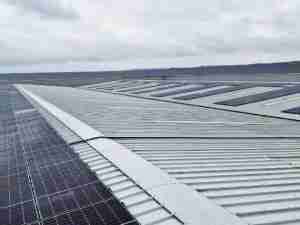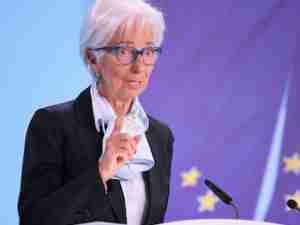Trafigura Profit Falls to Six-Year Low on Weaker Oil Trading
By: | Dec 07 2016 at 10:50 AM | International Trade
Trafigura Group said full-year adjusted profit fell to the lowest in six years after the third-largest independent oil trader reported weaker earnings from trading and wrote down the value of port and rail assets.
Profit including investment gains and writedowns declined to $975 million in the 12 months through Sept. 30 from $1.1 billion the previous year, Trafigura said Wednesday in a statement. Asset-related writedowns of $365 million were partially offset by a one-time gain of $265 million after the Angolan government agreed to buy a long-dormant iron ore project.
Increased structured trade financing, including providing credit to counter-parties in return for raw commodity flows, led to a significant increase in finance income, which rose 69 percent to $387 million, Trafigura said in its annual report. Gross profit margins fell to 2.3 percent from 2.7 percent.
The decline in profit came despite oil-trading volumes surging 42 percent to a record 4.26 million barrels a day because of increased business with Russian oil giant Rosneft OAO, rising crude exports from the U.S. and a slew of new deals with private refineries in China.
“You need to counterbalance the lower margin with higher volumes,” Christophe Salmon, Trafigura’s chief financial officer, said in an interview. “Size matters. The sector is moving towards more concentration around big commodity trading firms like ourselves.”
Trafigura and rivals such as Vitol Group have struggled to match the bumper oil-trading profits of 2015, when large price swings created arbitrage opportunities and a contango market structure allowed them to lock in returns by storing cheap crude for delivery later at higher prices.
The largest impairment was a $250 million writedown on Trafigura’s stake in the Porto Sudeste iron ore export terminal in Brazil due to lower-than-expected volumes.
“The depressed price environment had an adverse effect on our industrial assets,” said Chief Executive Officer Jeremy Weir, an Australian national who succeeded Trafigura co-founder Claude Dauphin as CEO in 2014. Dauphin died last year.
Share Repurchases
Singapore-based Trafigura repurchased $719 million of shares in 2016 from the 600 senior employees that own the company, it said. That compares with buybacks of $775 million in 2015 when the company earned $1.1 billion in net income and $885 million in 2014 when it earned $1.08 billion.
Revenue was little changed at $98.1 billion as commodity prices remained low during the period. Earnings before interest, taxes, depreciation and amortization fell 13 percent to $1.63 billion in the year and gross profit dropped 12 percent to $2.3 billion.
Profit by that measure from crude and oil-product trading declined 13 percent to $1.46 billion from a record $1.7 billion in 2015.
Gross profit from metals and minerals trading was $831 million compared with $920 million the year before, Trafigura said. Volumes handled by the world’s second-biggest metals trader rose 13 percent to 59 million metric tons.
Trump, Brexit
Trafigura plans to further reduce capital expenditure, which fell by more than a third to $754 million in 2016. It will finance its purchase of India’s Essar Oil, its largest-ever physical oil sector investment, outside its corporate structure through non-recourse bank loans, it said.
Trafigura intends to capitalize on market fluctuations including commodity price swings following a series of surprise political events including Brexit and the election of Donald Trump.
“Uncertainty and change seem likely to intensify, creating new challenges as well as opportunities for commodities trading,” Weir said in the annual report. “I cannot recall another moment in recent history at which the future seemed so unclear on such a range of subjects.”

